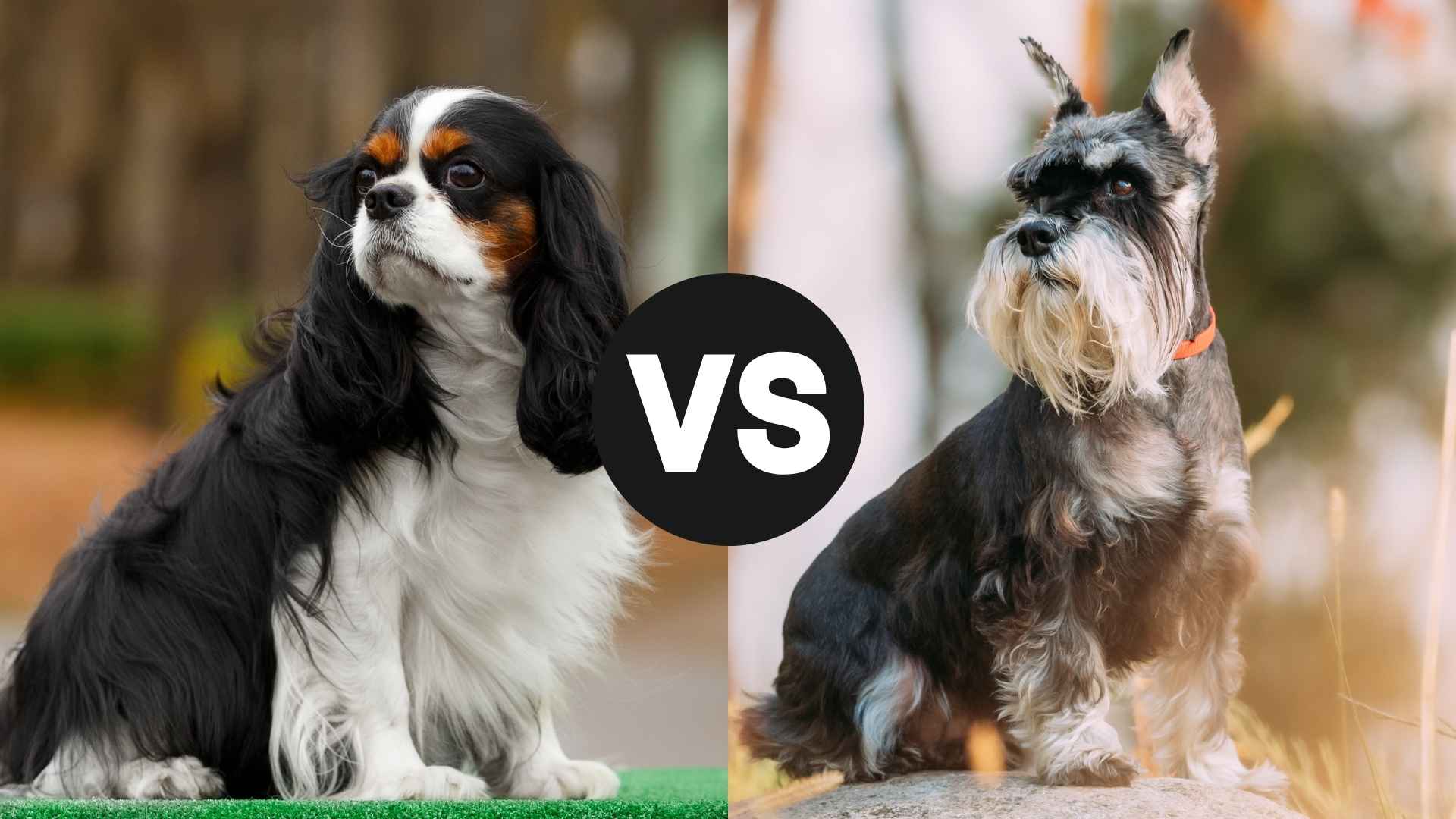When choosing the perfect dog breed, it’s essential to consider factors like personality, energy levels, and care requirements. Two popular breeds that often make the list are the Cavalier King Charles Spaniel and the Miniature Schnauzer. Both breeds are known for their unique charm, but they each have distinct qualities that set them apart.
Whether you’re a first-time dog owner or looking to add a new member to your family, understanding the differences between these two breeds can help you make an informed decision. From temperament to grooming needs, both dogs have their own set of strengths and challenges.
In this comparison, we’ll explore their behavior, care needs, and what you can expect from each breed, so you can determine which one is the ideal companion for your home and lifestyle. Let’s dive into the world of the Cavalier King Charles Spaniel vs Miniature Schnauzer!
Cavalier King Charles Spaniel vs. Miniature Schnauzer
The Cavalier King Charles Spaniel is a breed with royal roots, originally bred as a companion dog for European aristocracy. Its gentle and affectionate nature makes it a beloved family pet. Known for its small size, silky coat, and expressive eyes, the Cavalier is playful yet calm, making it well-suited for indoor apartment living or homes with limited space.
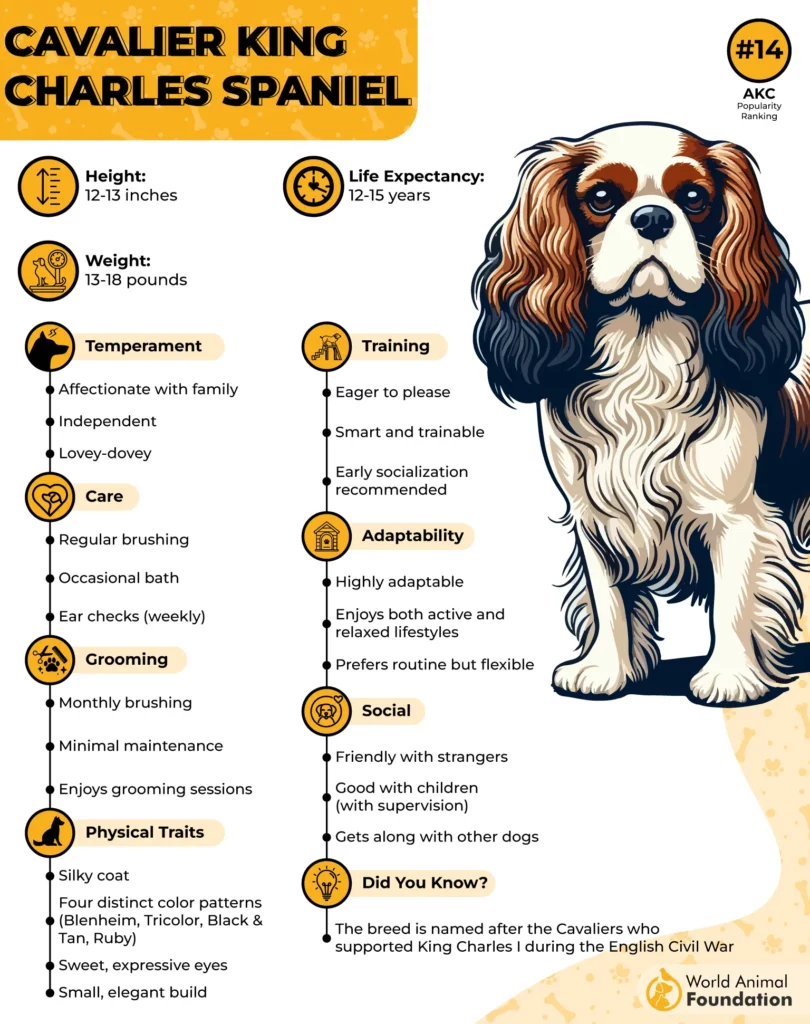
They thrive on human companionship and can suffer from separation anxiety if left alone for long periods. Regular grooming is necessary to maintain their luxurious coat, and they enjoy moderate exercise, making them a perfect choice for owners with a more relaxed lifestyle. Despite their playful nature, they are known for their easy-going temperament.
The Miniature Schnauzer has a different history, tracing back to 19th-century Germany, where it was initially bred as a farm dog and rat catcher. This breed is known for its feisty, energetic personality and its excellent watchdog instincts. Miniature Schnauzers are alert, independent, and often more assertive than the Cavalier King Charles Spaniel.
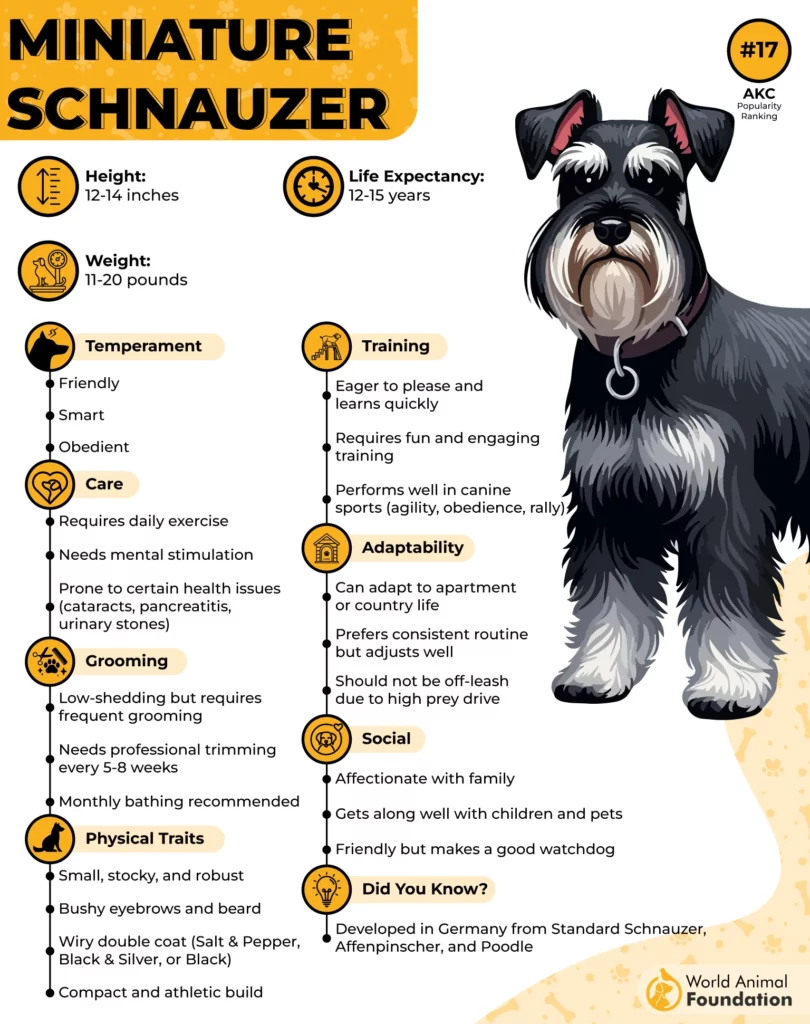
Their wiry coat requires consistent care, and their high energy levels make them better suited for active families or individuals who enjoy outdoor activities. While they are generally friendly and good with children, their strong-willed nature means they may require more training and attention compared to the Cavalier. Their history as a working dog has contributed to their energetic and protective traits.
Cavalier King Charles Spaniel vs. Miniature Schnauzer: Disposition and Behavior
The Cavalier King Charles Spaniel is known for its gentle, affectionate, and friendly disposition. This breed thrives on human companionship and is often described as a “lap dog” due to its desire to be close to its owners. They are well-behaved, patient, and adaptable, making them excellent pets for families, singles, and even older adults.

Cavaliers are generally good with kids, other dogs, and cats. Their calm and loving nature makes them sociable and more inclined to get along in most environments. Still, they can develop separation anxiety if left alone for long periods, due to their strong attachment to their owners. This breed is also known to be fine with other animals, making them a great choice for multi-pet households.
In contrast, the Miniature Schnauzer has a more independent and energetic personality. While still affectionate with its family, this breed tends to be more assertive and alert. Known for being excellent watchdogs, Schnauzers are highly protective of their home and family, often vocalizing at any sign of unfamiliar activity.

Their prey drive and strong protective instincts make them inclined to defend their space, especially around strangers. They are also a bit more stubborn, requiring consistent training, patience, and socialization.
Schnauzers are generally good with kids and other pets, but their strong-willed temperament may make them less patient than the Cavalier, especially in busy or chaotic environments. With proper guidance, they can learn tricks and commands and prove to be a loyal dog and a protector.
Cavalier King Charles Spaniel vs. Miniature Schnauzer: Character and Traits
The Cavalier King Charles Spaniel is a sweet-natured and loving dog, known for its warm temperament and easygoing nature. These dogs are highly social and thrive on attention from their family members. They are often described as being affectionate, calm, and gentle, making them ideal companions for individuals or families looking for a loving, loyal pet.
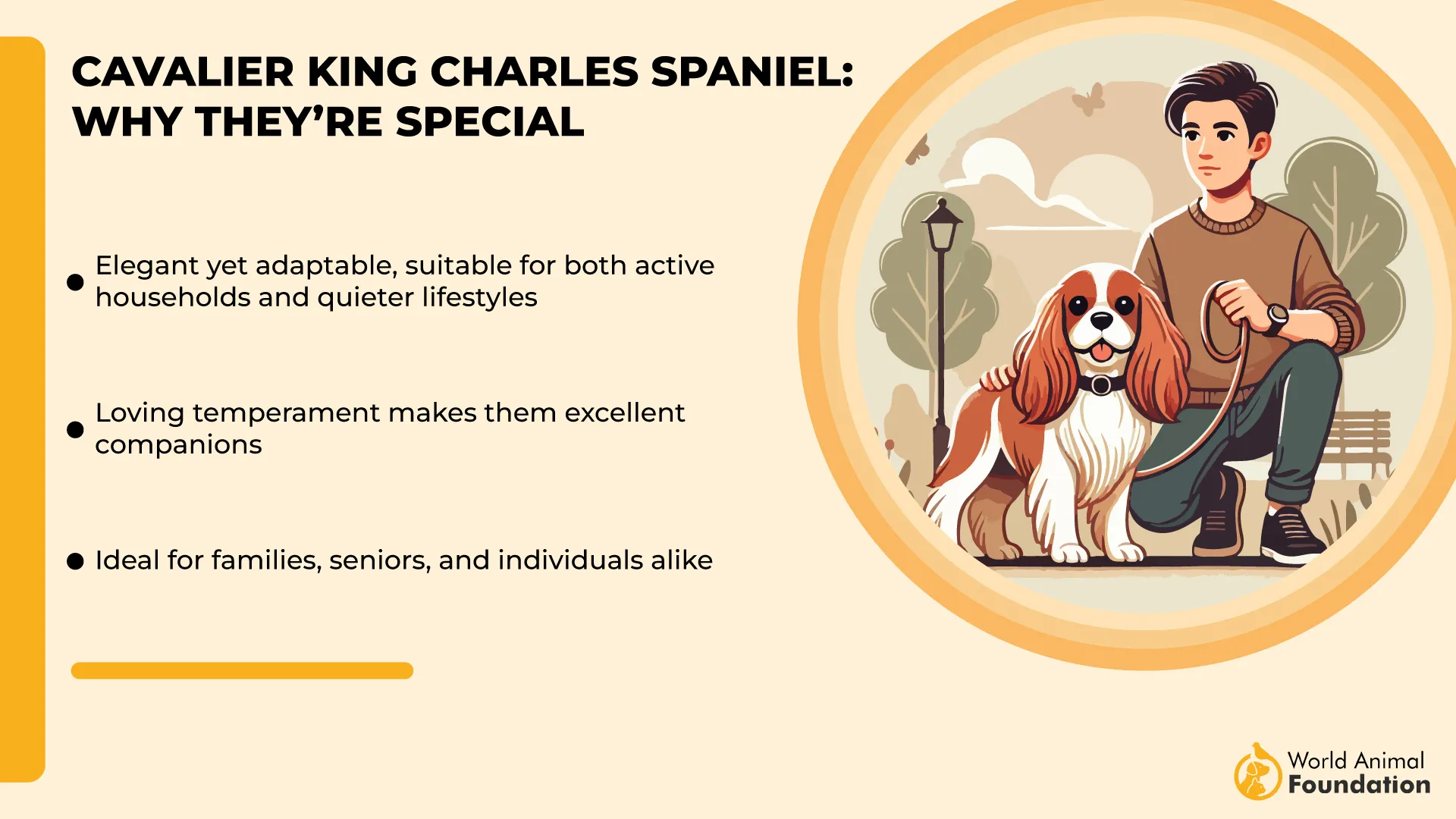
Despite their playful personality, Cavaliers tend to be less demanding of attention than other breeds, but they do require regular affection to feel secure and happy. They are highly trainable, eager to please, and adaptable to different living environments, making them a versatile and low-maintenance choice for many households.
The Miniature Schnauzer, on the other hand, has a bold, confident, and spirited character. Known for their distinct, wiry coat and bushy eyebrows, Schnauzers are lively and independent dogs that love to be active. While affectionate toward their families, they tend to be more energetic and alert compared to Cavaliers.

Recognized by the AKC, Schnauzers are fearless and often take on the role of a watchdog, alerting their family to any potential threats. Their strong-willed nature can make them more challenging to train, but with consistent guidance, they become well-behaved pets. Schnauzers are also very intelligent and enjoy having a job to do, so they require regular mental and physical stimulation to stay content.
Cavalier King Charles Spaniel vs. Miniature Schnauzer: Ideal Living Conditions
The Cavalier King Charles Spaniel is well-suited for a variety of living environments, thanks to its adaptable nature and smaller size. This breed thrives in both apartments and larger homes, as long as it receives plenty of attention and companionship from its owners. Cavaliers do best in homes where they are not left alone for long periods, as they can become anxious and distressed without human interaction.
Their low-to-moderate exercise needs make them a great fit for individuals or families with a more relaxed lifestyle. However, they still enjoy daily walks and playtime to keep them healthy and happy. Their gentle disposition allows them to live harmoniously with other pets and children, making them an excellent choice for a variety of living conditions.
The Miniature Schnauzer, on the other hand, is a more energetic breed. While they can adapt to apartment living, they thrive in homes with a yard or access to outdoor spaces where they can engage in physical activities and explore. Schnauzers need regular mental and physical stimulation, so they do well in homes with active owners.
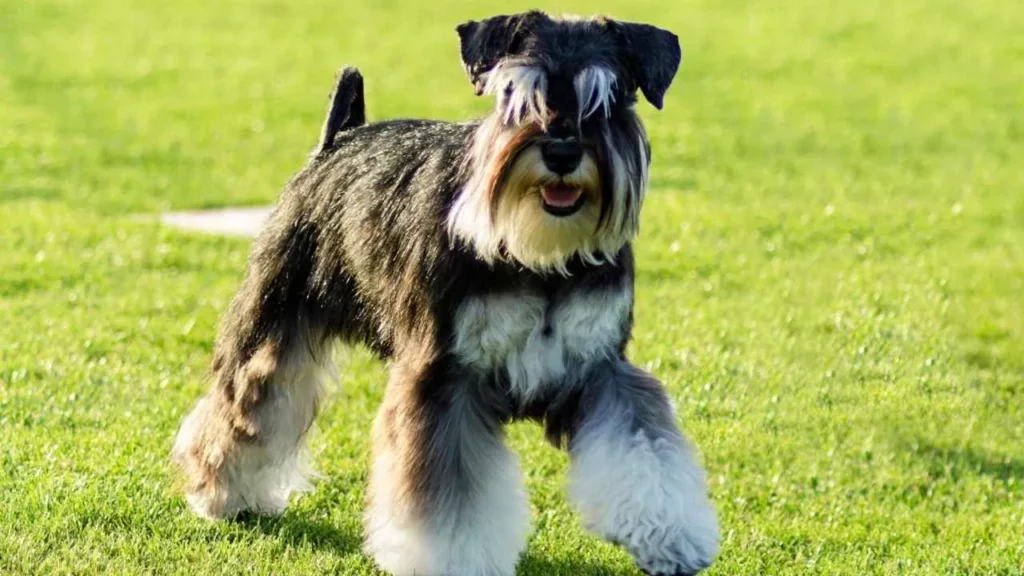
They are also highly alert, making them natural watchdogs in any environment. However, due to their strong-willed nature, they may require a bit more space to express themselves and feel comfortable. With proper training, Schnauzers can adapt to various living conditions, but they benefit from a structured routine and an active lifestyle.
Cavalier King Charles Spaniel vs. Miniature Schnauzer: Care and Grooming Requirements
The Cavalier King Charles Spaniel has a relatively high grooming requirement due to its long, silky coat. Regular brushing is necessary to prevent tangling and matting, and they should be brushed several times a week. Bathing is needed every few weeks or as needed, depending on their activity level.
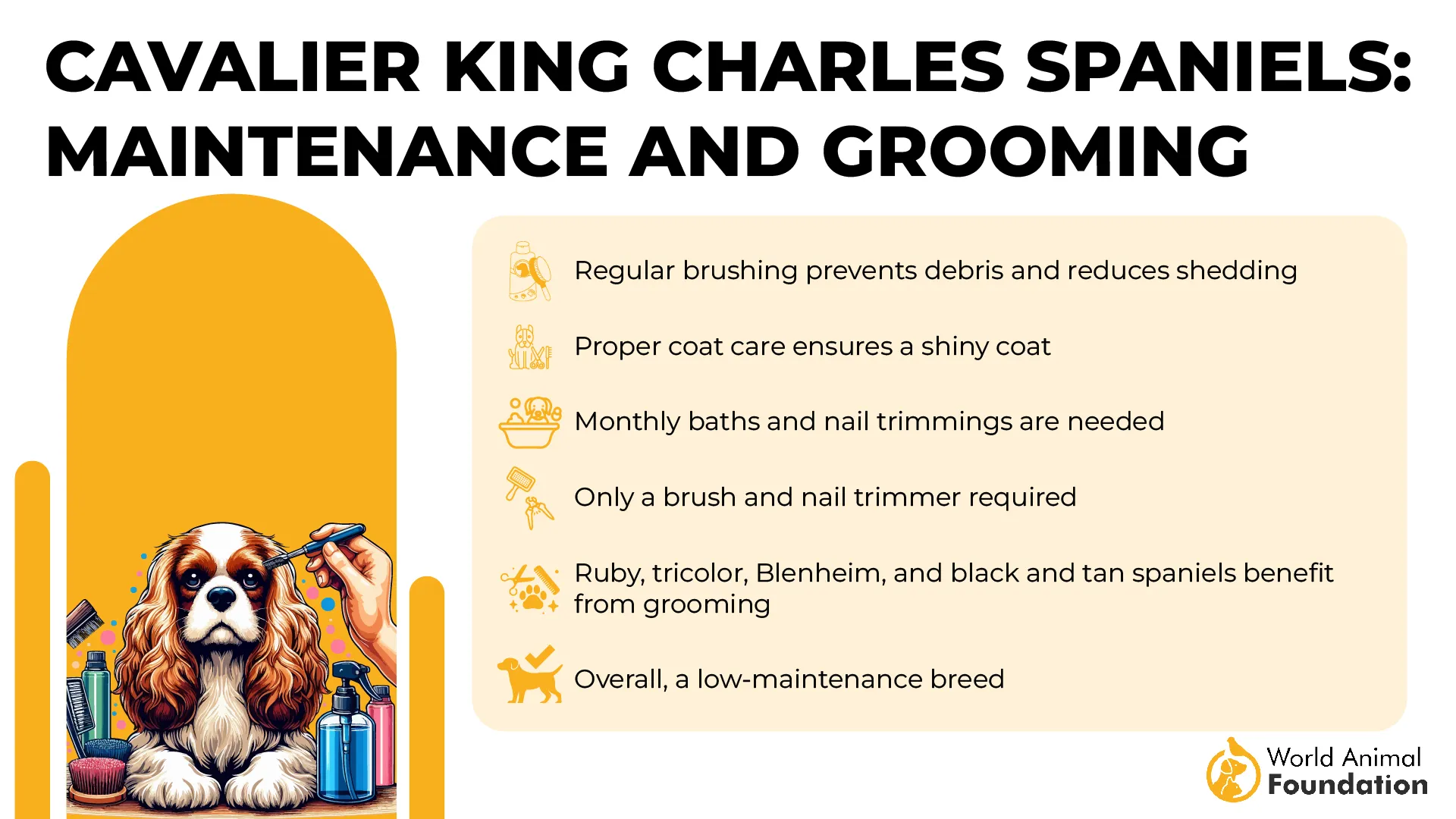
Their ears should be checked frequently for wax buildup, as they are prone to ear infections. Nail trimming and dental care are also essential parts of their grooming routine. While Cavaliers have moderate exercise needs, they should still be walked daily to maintain overall health.
The Miniature Schnauzer has a distinct wiry coat that needs to be hand-stripped or clipped every 4-6 weeks to maintain the texture of their coat. Regular brushing, at least once a week, is essential to prevent mats and tangles. Their bushy eyebrows and bearded chin also require attention, as food and debris can get trapped in their facial fur.

Schnauzers are generally considered a low-shedding breed, which can be a plus for those with allergies. Along with coat care, Schnauzers need regular exercise to burn off their energy, and they require mental stimulation to stay happy and healthy. As with any dog, regular ear cleaning, nail trimming, and dental care are important aspects of their overall grooming routine.
Cavalier King Charles Spaniel vs. Miniature Schnauzer: Health Issues and Considerations
The Cavalier King Charles Spaniel, while generally healthy, is prone to certain health problems. PetMD states that one of the most common concerns is heart disease, particularly mitral valve disease, which can affect older Cavaliers. They may also face eye problems such as cataracts and retinal issues, along with hip dysplasia and ear infections due to their floppy ears.
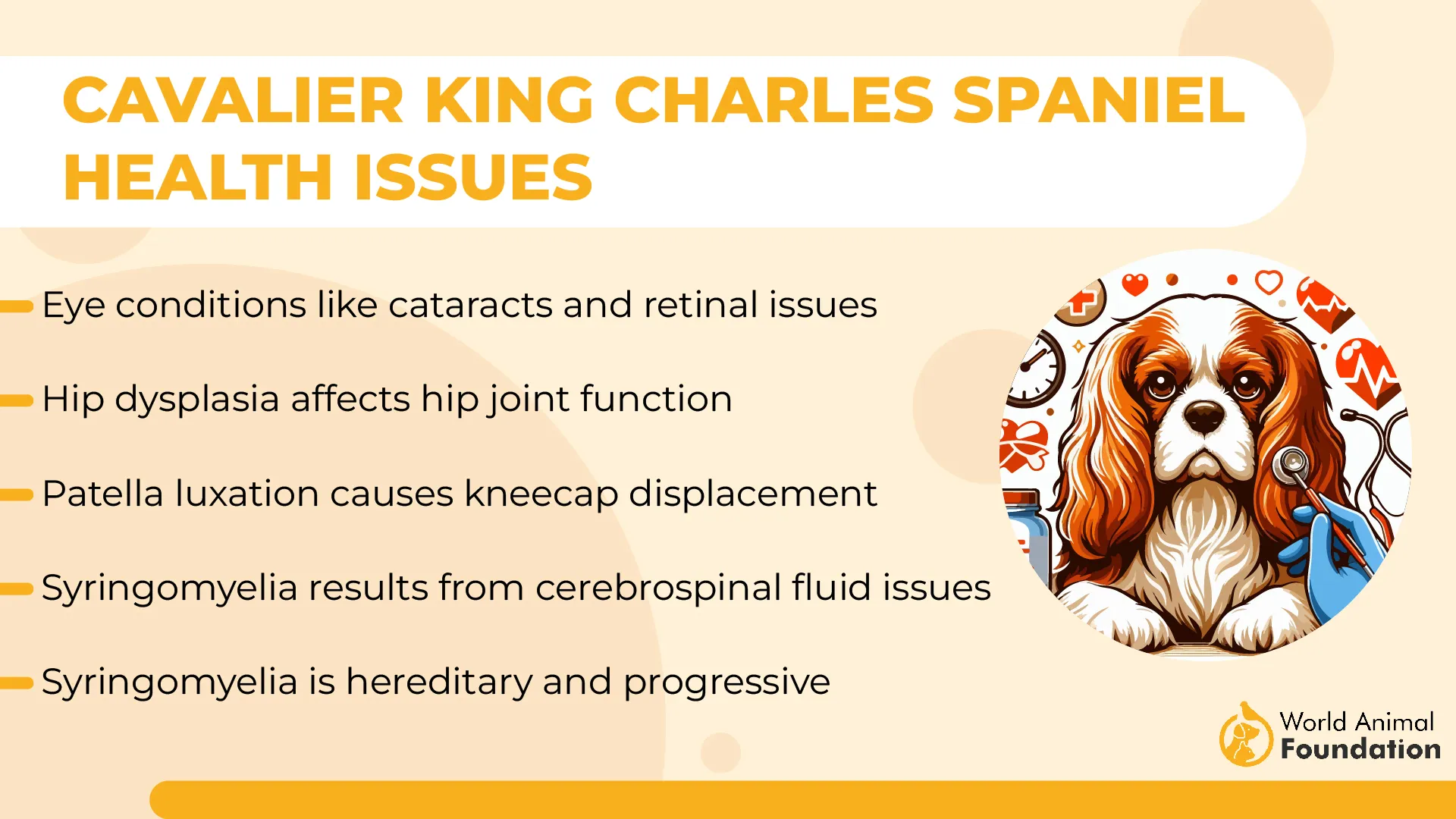
Cavaliers are prone to obesity if their diet isn’t properly managed, so portion control and feeding high-quality meals are important. Their feeding routine should be in line with their energy level, and meals should be divided into two portions daily to maintain their health. It’s important to avoid overfeeding and maintain an active lifestyle to keep their weight in check.
Miniature Schnauzers are generally robust but can also face health issues, especially related to their diet and weight. PDSA states that Schnauzers have a tendency to develop pancreatitis, a condition often linked to obesity, so it’s crucial to monitor their weight and feeding routine closely. They can also suffer from eye issues such as cataracts and dry eyes, along with certain skin conditions.
When it comes to feeding, Schnauzers should have a balanced diet to maintain their weight, with meals divided into two portions or two meals to avoid overeating. Being mindful of their health issues, especially weight management, and maintaining a consistent feeding schedule can help keep your Schnauzer happy and healthy throughout its life.
Cavalier King Charles Spaniel vs. Miniature Schnauzer: Life Expectancy
The Cavalier King Charles Spaniel has an average life expectancy of around 12 to 15 years. While they are generally healthy, their lifespan can be impacted by certain health issues, such as heart disease, which tends to affect the breed as they age.

Regular veterinary check-ups and a healthy lifestyle, including a balanced diet and proper exercise, can help extend their life and improve their quality of living.
In comparison, the Miniature Schnauzer typically lives between 12 to 16 years, making their lifespan slightly longer on average than that of the Cavalier. Schnauzers are known for their robust health, though they may be susceptible to conditions such as pancreatitis and eye problems.
With regular vet visits, proper weight management, and a nutritious diet, a Miniature Schnauzer can live a long, happy life. Their energetic nature and need for mental stimulation can help keep them active well into their senior years.
Conclusion
In conclusion, both the Cavalier King Charles Spaniel and the Miniature Schnauzer offer unique qualities that make them great companions, but they cater to different lifestyles. The Cavalier’s soft, affectionate nature makes it an ideal choice for families or individuals seeking a calm, friendly dog that loves spending time with its owners. Whether male or female, they are sociable and adaptable, thriving in households with other pets or children.
In contrast, the Miniature Schnauzer is a more energetic and protective breed, perfect for active individuals or families looking for a playful, alert dog. Known for its strong-willed personality, this breed excels at protecting its home and requires consistent training.
Both breeds, whether from breeders or rescue, offer wonderful companionship. Ultimately, understanding your living situation and what you’re looking for in a pet will help you choose the right fit for a long-lasting, joyful relationship.


